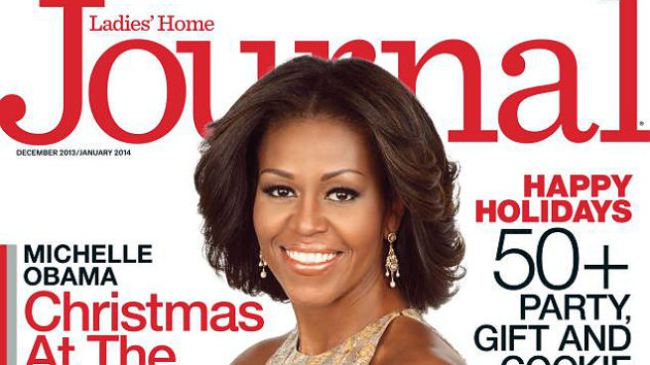by Yanick Rice Lamb | Dec 15, 2015 | Book Chapters |
CHAPTER 14 MAGAZINES AND CONSUMER LIFESTYLE: ESTEEM AND ENJOYMENT, INFLUENCE AND APPETITE As published in The Routledge Handbook of Magazine Research: The Future of the Magazine Form Yanick Rice Lamb The U.S. edition of Vogue magazine is a bible of consumptive behavior. Its pages, which may range from as few as 130 to more than 900 per issue, are filled with the gospel of Anna Wintour on everything from fashion to politics. While many magazines place five or more cover lines to gain attention on newsstands, Vogue used only three on the cover of its annual Power Issue in March 2009. That is all the world’s leading fashion magazine needed with its iconic cover girl and a main cover line that boldly stated, “MICHELLE OBAMA: The First Lady the World’s Been Waiting For.” The other two cover lines read: “Spring Fashion Special: Every Look That Matters” and “Super Powers! Queen Rania of Jordan, Carla Bruni-Sarkozy, Melinda Gates.” It is the perfect combination. Obama is wearing a sleeveless magenta silk dress by one of her favorite designers, Jason Wu, in a portrait that strategically showcases her much-debated toned arms,[1] shot by one of Vogue’s principal photographers, Annie Leibovitz,[2][1] at one of the nation’s landmark hotels, the Hay-Adams in Washington, D.C., for what Vogue describes as a “historic sitting” just before the first Inauguration of the first black president of the United States.[3] As Sammye Johnson and Patricia Prijatel note in The Magazine from Cover to Cover, “Magazines are lively and engaging societal resources, affecting the world around them and, in turn, being affected themselves by that world.”[4] A prime example of the...

by Yanick Rice Lamb | Jun 14, 2014 | Book Chapters |
For more than a century, the “Seven Sisters” have dominated the women’s magazines category (Johnson and Prijatel, 2007). They have also been leaders in magazine publishing overall, with some titles ranking in the top 10 for circulation and advertising revenue. The eldest sister, McCall’s, was born as The Queen: Illustrating McCall’s Bazaar Glove-Fitting Patterns in 1870 (Endres and Luech, 1995). Her siblings appeared from the1880s to 1930s: Ladies Home Journal, Good Housekeeping, Redbook, Better Homes and Gardens, Woman’s Day, and finally Family Circle. Over the years, the magazines have undergone periodic makeovers, as feminists and others questioned their relevance and historical focus on homemaking especially during the women’s movement of the 1960s and 1970s. One of the most severe makeovers led to the death of McCall’s, which morphed into Rosie the Magazine in 2001 to compete with upscale women’s magazines such as O the Oprah Magazine and Martha Stewart Living. In November 2000, comedian and talk-show host Rosie O’Donnell signed an agreement with Gruner & Jahr to be a partner in what was originally conceived as Rosie’s McCall’s (Kuczynski, 2001). By the end of 2002, Rosie had ceased publication amid a flurry of counter-suits (McCafferty, 2003). In light of one of the most radical eras of media transition, this study will analyze whether the survivors are keeping up with technological advances to serve readers and remain competitive with younger women’s magazines. It will seek to determine if the magazines are effectively using websites, cell phones, and iPads — the primary tools at the center of this digital transformation. Effective use of these tools can impact a media company’s success,...



Recent Comments